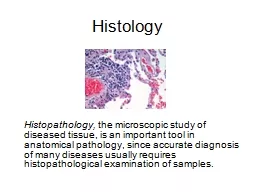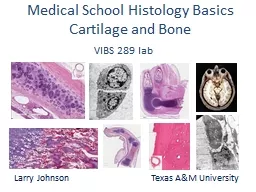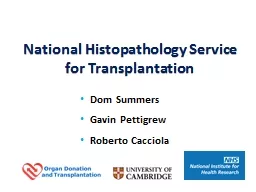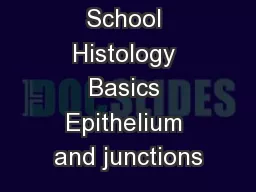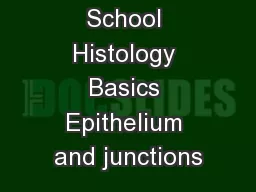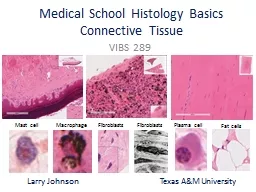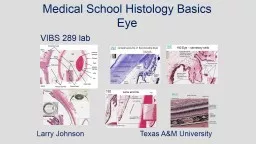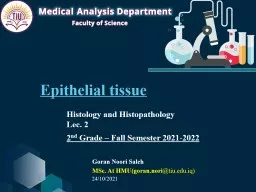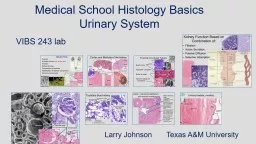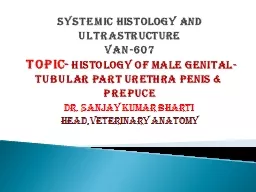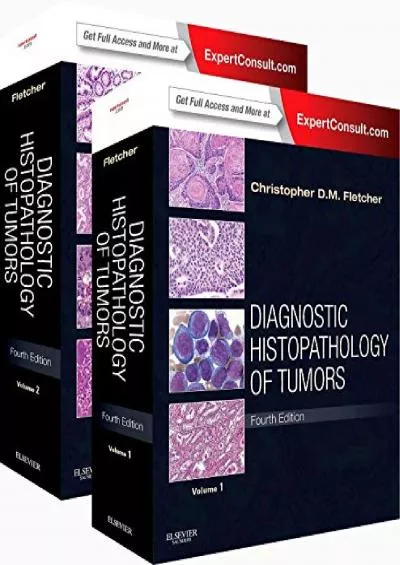PPT-Histology Histopathology,
Author : lois-ondreau | Published Date : 2020-04-04
the microscopic study of diseased tissue is an important tool in anatomical pathology since accurate diagnosis of many diseases usually requires histopathological
Presentation Embed Code
Download Presentation
Download Presentation The PPT/PDF document " Histology Histopathology," is the property of its rightful owner. Permission is granted to download and print the materials on this website for personal, non-commercial use only, and to display it on your personal computer provided you do not modify the materials and that you retain all copyright notices contained in the materials. By downloading content from our website, you accept the terms of this agreement.
Histology Histopathology,: Transcript
Download Rules Of Document
" Histology Histopathology,"The content belongs to its owner. You may download and print it for personal use, without modification, and keep all copyright notices. By downloading, you agree to these terms.
Related Documents

